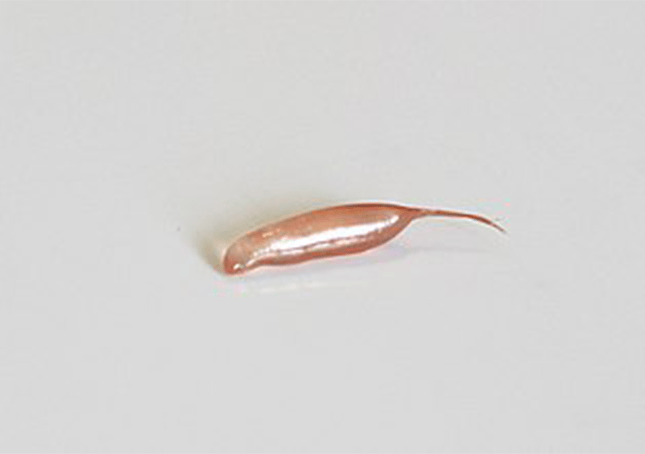Juice vesicles

The juice vesicles, also known as citrus kernels, (in aggregate, pulp) of a citrus fruit are the membranous content of the fruit’s endocarp.[1] All fruits from the Citranae subtribe, subfamily Aurantioideae, and family Rutaceae have juice vesicles. The vesicles contain the juice of the fruit and appear shiny and baglike. Vesicles come in two shapes: the superior and inferior, and these are distinct.
Citrus fruit with more vesicles generally weighs more than those with fewer vesicles. Fruits with many segments, such as the grapefruit or pomelo, have more vesicles per segment than fruits with fewer segments, such as the kumquat and mandarin. Each vesicle in a segment in citrus fruits has approximately the same shape, size, and weight.[2] About 5% of the weight of an average orange is made up of the membranes of the juice vesicles.
Juice vesicles of the endocarp contain the components that provide the aroma typically associated with citrus fruit. These components are also found in the flavedo oil sacs.[4] The vesicles and their inner juices contain many vitamins and minerals as well as the taste and sweet acid fragrance.
Pulp cells often have thin membranes, and they are less regular in shape than other plant cells. They are also very large and protect the seeds of the fruit. The color of the pulp is variable, depending on the species and the ripening stage. Usually, it has the color of the outer peel (exocarp).
Juice vesicles hold a lot of juice that can be recovered through various extraction processes. The pulp is usually removed from the juice by filtering it out. The juiciness of the pulp depends on the species, variety, season, and the tree on which it grew. Close to 90% of the citrus fruit juice solids are recovered with extractors. Pectic enzymes can sometimes be added to lessen the thickness of these solids.
The juice along with these solids can be combined to increase primary juice yields or sold as bases for fruit beverages. The juice solids become opaque from the pulp washing process, resulting in a less expensive source of fruit solids for food labeling in comparison to regular juice. The juice solids can also be pasteurized, dried, and sold, but appear dark brown in color if they have not been washed properly before drying. The solids can also be stored frozen or sold to beverage manufacturers. They provide fruit beverages that are sold with a higher appeal to a consumer and improved texture in the juice. These opaque juice solids are known as cloud.
Drum drying or freezing are two processes for preserving juice solids. When product enzymes are deactivated through heat stabilization, they are frozen. Light and air are used for drum-drying, but this process often decreases the flavor and color of the solids.
